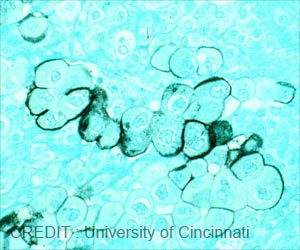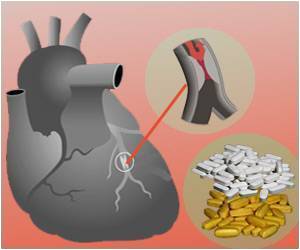Highlights
- Heart cell damage can increase the rate of death in patients during or after non-heart surgery
- Perioperative myocardial injury (PMI) is associated with early death within 30 days after surgery
- Troponin a heart protein can indicate the damage done to the heart even when there are no symptoms
Heart cell damage that occurs during or after non-heart surgery is known as perioperative myocardial injury (PMI). Complications that follow non-heart surgery are usually undetected and was found to be linked to death within 30 days after surgery. PMI causes are still under investigation.
Role of Troponin, a Heart Protein
The research team screened patients for PMI to determine if the patient’s non-heart surgery damaged the heart cells or not by measuring the levels of troponin.
Troponin is a heart protein, seen in the blood before and after surgery, which helps in determining if there was an injury to the heart or not. Troponin can reveal the damage even when the patient does not show any symptoms.
Non-heart surgeries can range from low-risk to moderate risk to high risk. The following are the different range of surgeries:
- Low-risk surgeries include prostate or knee surgery
- Moderate risk surgeries include hip replacement or gallbladder removal and
- High-risk surgeries like peripheral artery bypass or resection of a lung or the liver
- Giovanna Lurati Buse, M.D., Daniela Seeberger, et al. Higher risk of dying due to heart cell damage without any symptoms occurs during or after non-heart surgery. Circulation (2017).
One out of seven patients who are above 65 years of age or with pre-existing coronary artery disease or peripheral artery disease or stroke were the ones who developed PMI.
Chest pain was reported by more than 90 percent of PMI patients and was six times more at risk of death within 30 days than those without PMI. The high death rate that is linked to PMI lasts up to one year after surgery.
After one year, PMI patients who had high levels of troponin were more likely to die than patients without PMI. The research team noted that death rate increased within the first weeks after surgery.
Recognizing PMI as a potential contributor to death within first weeks after surgery can improve the outcomes of non-cardiac surgery, said Puelacher.
Puelacher also said, "However, since there are no clear treatment recommendations for these patients, treatment currently has to be tailored to each patient individually. Therefore, further research is needed to find optimal PMI management strategies following detection."
Improve PMI Patient Outcomes
The aim of the BASEL-PMI study is to improve patient outcomes after non-cardiac surgery. The team mainly focused on heart complications that occur after surgery.
Nearly 2,018 patients with known or those at high risk of developing heart disease who were undergoing 2,546 non-cardiac surgeries from 2014 to 2015 at the University Hospital Basel in Switzerland were included in the BASEL-PMI study.
Reference
Source-Medindia















